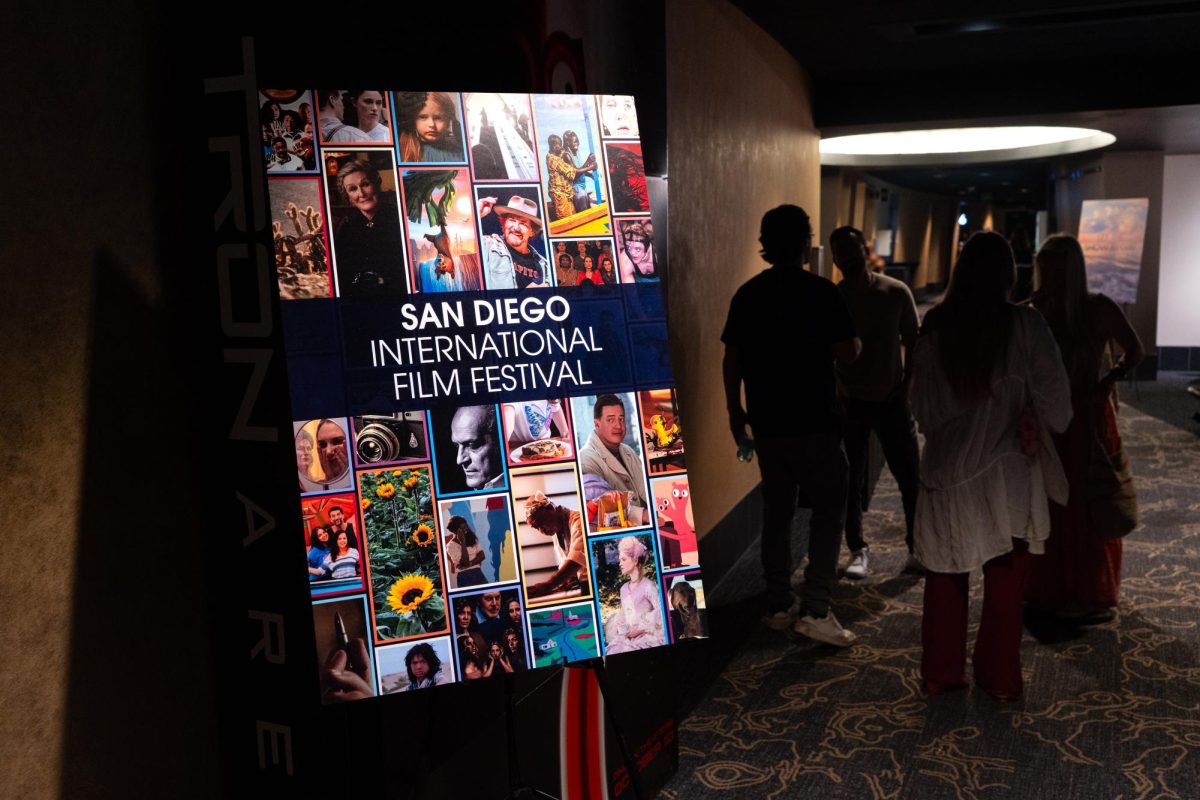 “Fear and Loathing In Las Vegas” — the film adaptation of the Hunter S. Thompson novel of the same name — has become a cult classic since its 1998 release. With its surrealist depiction of the post-1960s counterculture fallout and a cast of gonzo characters, the flick had more than its share of absurd humor — though lighthearted comedy it was not.
“Fear and Loathing In Las Vegas” — the film adaptation of the Hunter S. Thompson novel of the same name — has become a cult classic since its 1998 release. With its surrealist depiction of the post-1960s counterculture fallout and a cast of gonzo characters, the flick had more than its share of absurd humor — though lighthearted comedy it was not.
Which makes it all the more baffling, then, to find that “Rango” — the first full- length animated feature from George Lucas’ Industrial Lights & Magic special effects studio — takes so much inspiration from the drug-culture classic.
With “Pirates of the Caribbean” director Gore Verbinski at the helm, the movie takes on a near-impossible feat: combining Thompson’s brand of existentialism with kid-friendly slapstick humor.
Johnny Depp sort-of-kind-of reprises his “Fear and Loathing” role, with the titular character, a lizard who can’t come to terms with his life as a pet in a terrarium. When he unexpectedly finds himself in the desert town of Dirt, Rango gives himself a new identity as a badass gunslinger who’s supposedly capable of killing six brothers with one bullet (and one with an infection). The back-story isn’t true, naturally, but that doesn’t keep him from becoming an unlikely hero for the backwoods town.
“Rango” also borrows heavily from the traditional Hollywood western, an influence that — when combined with the nods to Thompson and “Fear and Loathing” (including that signature Hawaiian shirt) — raises the film high above the average Dreamworks film (“Shrek,” “Kung-Fu Panda”) that depends on cheap pop cultural references and the humor of an ogre’s wedding, though it does make the film less a kiddy-flick and more an amusing romp for film buffs.
Nonetheless, Verbinski and Depp have a strong relationship following the extremely successful “Pirates of the Carribean” franchise, and Depp is able to give as idiosyncratic performance as ever. It’s not hard to see Depp’s mannerisms even in the actions of the animated lizard.
That’s no accident: Verbinski had Depp and the other cast members physically act out each scene in what he called “emotion capture.” Taking the footage syllable-by-syllable, the animators were able to give a hint of realism to the film. It may seem a minute detail, but the process creates surprisingly strong animations and enhances the actors’ performances. Each character is very much humanized, whether it’s Isla Fischer’s vivacious Beans or Abigail Breslin’s adorably dry Priscilla.
For an animated movie, “Rango” has several thrilling action sequences that puts other blockbusters to shame. A recurring hawk is a versatile and deadly threat, while an airborne bat battle is reminiscent of the best of “Star Wars.”
The little details also elevate “Rango.” A mariachi band composed of owls in sombreros, for example, appears to sing tunes teasing Rango’s demise. What could have been an unnecessary addition of kiddie fluff is instead a humorous aside in the spirit of old Greek choruses. Oscar-nominated composer Hans Zimmer (“Inception”) provides a bombastic score, taking cues from the music of classic westerns.
While the cut-and-dry nature of the ending is disappointing, “Rango” proves that Industrial Light & Magic can easily overtake the work of Dreamworks. Well-developed characters and extraordinary animation, combined with a creative pastiche of past cinema, makes “Rango” one of a kind. And though obscure, adult references will whiz over the heads of the kids in the crowd, there’s still plenty of charm for viewers of all ages. (B+)







